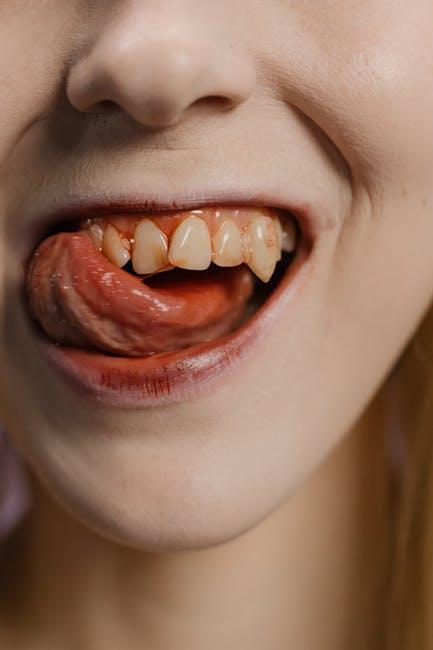
Does Medicaid Cover Dental? Orthodontics, Common Procedures & State Coverage
If you’re wondering does Medicaid cover dental? you’re not alone. Dental health is a vital part of overall well-being, but dental care can be costly without insurance. Medicaid plays a pivotal role in providing health and dental coverage to millions of Americans, but dental benefits under Medicaid vary greatly by state and eligibility criteria. In this comprehensive guide from Healthinsurance.org, we’ll explore Medicaid dental coverage for common procedures, whether orthodontics is included, and how the coverage differs across states.
Understanding Medicaid Dental Coverage
Medicaid is a state and federally funded program primarily designed to help low-income individuals access health care. Dental coverage is not federally mandated for adults but is mandatory for children under 21 through the Early and Periodic Screening, Diagnostic, and Treatment (EPSDT) benefit. This means Medicaid’s dental benefits can look quite different depending on your age and where you live.
Who Does Medicaid Cover for Dental Services?
- Children (Under 21): Dental coverage is required, including routine exams, cleanings, fillings, and sometimes orthodontics if medically necessary.
- Adults (21 and over): Dental coverage is optional. Some states provide extensive adult dental care; others offer emergency-only dental.
Common Dental Procedures Covered by Medicaid
For Medicaid recipients, dental benefits typically focus on preventive and medically necessary treatments. Here are the most common Medicaid dental procedures covered:
- Dental Exams & Cleanings: Routine check-ups, typically every 6 or 12 months.
- X-rays: Necessary diagnostic images to detect cavities or other problems.
- Fillings & Restorations: Treatment for cavities and dental decay.
- Extractions: Removing decayed or damaged teeth.
- Root Canals: Sometimes covered if medically necessary.
- Dentures & Crowns: Coverage varies by state but often included for adults when needed.
Orthodontics & Medicaid: What You Need to Know
Orthodontic treatment like braces is a common concern for parents and adults. Medicaid does not automatically cover orthodontics, but some states cover orthodontic treatment if it is deemed medically necessary—such as correcting severe malocclusion, cleft palate, or injury-related issues.
Orthodontic coverage policies vary widely:
- Many states cover orthodontics for children under specific medical conditions.
- Some states offer limited or no coverage for orthodontics for adults.
- Proof of medical necessity and approval from Medicaid usually required.
State-by-State Variation in Medicaid Dental Coverage
Given that Medicaid is a state-administered program, dental benefits can vary dramatically depending on where you live. Most state programs categorize adult dental services into one of four groups: comprehensive, extensive, limited, or emergency-only.
| Coverage Type | Description | Example States |
|---|---|---|
| Comprehensive | Includes preventive, diagnostic, restorative, and orthodontics (if medically necessary) | California, New York, Illinois |
| Extensive | Covers most procedures except some elective or cosmetic services | Florida, Texas, Washington |
| Limited | Only basic dental services like exams, cleanings, and emergency treatments | Ohio, Georgia, Arizona |
| Emergency-Only | Coverage limited to emergency dental care such as extractions or pain relief | Tennessee, Missouri, Alabama |
To find out your state’s exact Medicaid dental coverage, visit your state Medicaid website or Healthinsurance.org’s state resources.
Benefits of Medicaid Dental Coverage
Having dental coverage through Medicaid offers several important benefits:
- Prevents costly dental emergencies: Early access to dental care can stop small problems from becoming serious.
- Improves overall health: Poor dental health is linked to heart disease, diabetes, and more; Medicaid dental promotes whole-body health.
- Supports children’s development: Healthy teeth enhance speech, eating, and self-esteem.
- Access to orthodontic care when medically necessary: Helps correct dental issues that may affect function and appearance.
Practical Tips for Using Medicaid Dental Benefits
- Verify your coverage: Contact your state Medicaid office or dental provider to understand what’s covered.
- Find Medicaid-accepting dentists: Use online state directories or ask your Medicaid office for a provider list.
- Schedule routine visits: Preventive care like cleanings and exams help maintain oral health and avoid emergencies.
- Document orthodontic medical necessity: If seeking braces or other orthodontics, gather required medical records and approvals.
- Ask about prior authorizations: Some treatments require pre-authorization—start this early to avoid claim denials.
Case Study: How Medicaid Helped Sarah Get Orthodontic Care
Sarah, a 13-year-old from Illinois, needed braces due to severe overcrowding and speech difficulties. Because Illinois offers comprehensive dental benefits for minors on Medicaid, Sarah’s orthodontist submitted a medical necessity request, which Medicaid approved. The braces treatment was covered almost fully, helping Sarah regain confidence and improve her oral health without a financial burden on her family.
Conclusion
So, does Medicaid cover dental? Yes — but coverage depends on your age, the state you live in, and the type of dental service you need. Children under 21 have federally guaranteed dental benefits, while adult dental coverage varies from comprehensive to emergency-only, with orthodontics often limited to medically necessary cases.
To maximize your Medicaid benefits, stay informed about your state’s policies and seek preventive care early. Healthinsurance.org is here to help guide you through understanding your Medicaid dental coverage and accessing the care you deserve.
Explore more about Medicaid dental coverage in your state now—your smile will thank you!


